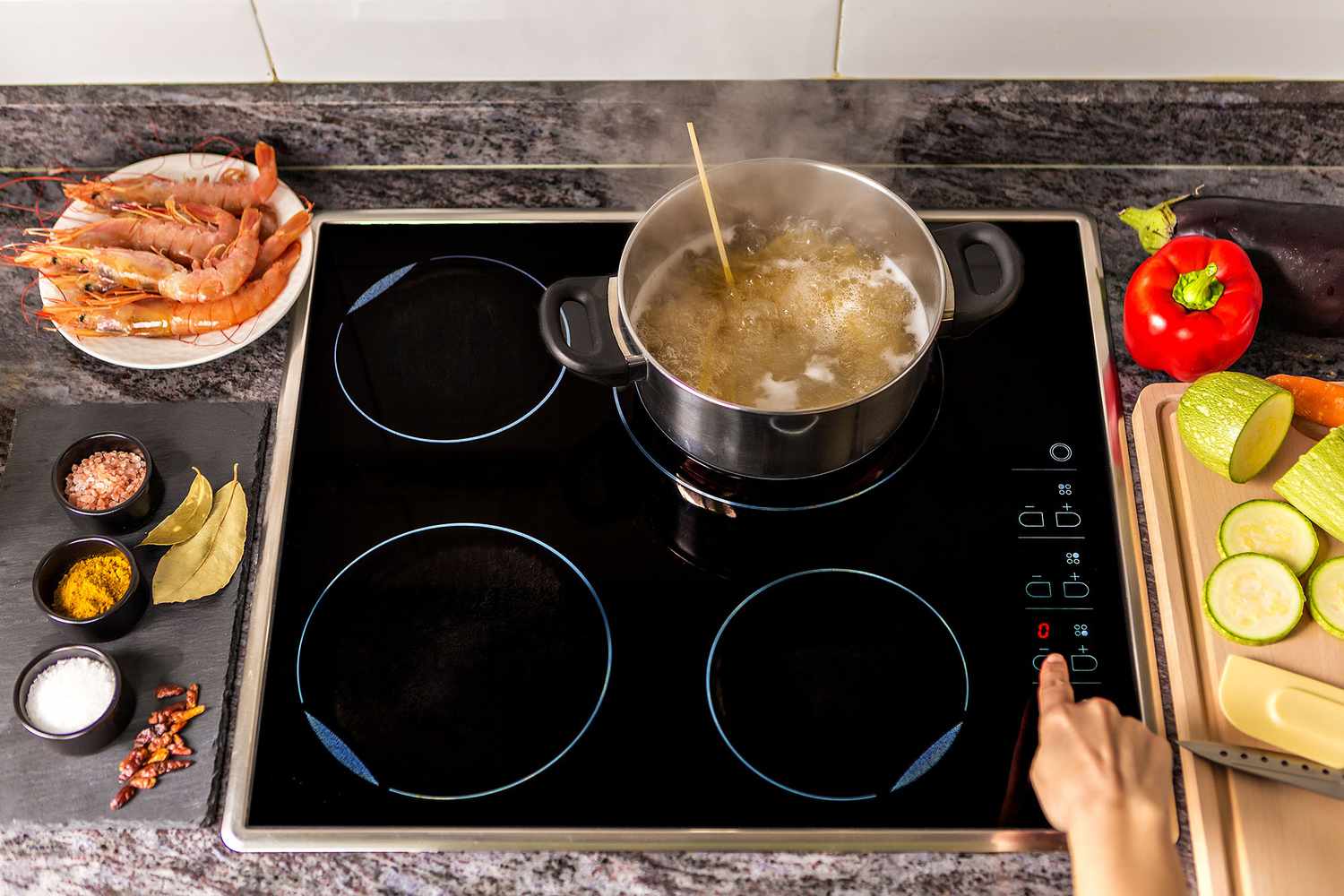

Articles
What To Look For In Induction Cooktop
Modified: October 27, 2024
Looking for articles on what to look for in an induction cooktop? Discover expert advice, features, and tips to find the perfect induction cooktop for your kitchen.
(Many of the links in this article redirect to a specific reviewed product. Your purchase of these products through affiliate links helps to generate commission for Storables.com, at no extra cost. Learn more)
Introduction
Induction cooktops have revolutionized the way we cook by offering a modern and efficient alternative to traditional gas and electric stoves. These cutting-edge appliances use electromagnetic technology to generate heat directly in the cookware, resulting in faster cooking times and precise temperature control. Whether you’re a professional chef or a casual home cook, investing in an induction cooktop can elevate your cooking experience to a whole new level.
In this article, we will explore the various benefits and features of induction cooktops to help you make an informed purchasing decision. From power and efficiency to safety features and design options, we will cover the key aspects you should consider when looking for the perfect induction cooktop to meet your cooking needs.
So, let’s dive into the amazing world of induction cooking and discover what makes these cooktops a must-have in any modern kitchen.
Key Takeaways:
- Induction cooktops offer unparalleled speed, energy efficiency, and precise temperature control, making them a game-changer in the kitchen. Their advanced safety features and easy cleaning add convenience and peace of mind for home cooks and professional chefs alike.
- When choosing an induction cooktop, consider factors such as power and efficiency, safety features, size and design options, control and cooking features, cleaning and maintenance, price range, and warranty. These considerations will ensure you find the perfect induction cooktop to elevate your cooking experience.
Benefits of Induction Cooktops
Induction cooktops offer several advantages that set them apart from traditional gas and electric stoves. Let’s take a closer look at some of the key benefits:
- Speed and Efficiency: One of the primary advantages of induction cooktops is their incredible speed and efficiency. Unlike gas or electric stoves that rely on indirect heat transfer, induction cooktops use electromagnetic fields to heat the cookware directly. This means faster heating times, reducing cooking durations by up to 50%. Whether you need to boil water quickly or sear a steak to perfection, induction cooktops provide rapid and precise heat control.
- Energy Efficiency: Induction cooktops are highly energy-efficient, as they only heat the cookware and not the stove’s surface. The heat transfer is immediate, minimizing heat loss and reducing energy consumption. By utilizing electromagnetic technology, induction cooktops ensure that the majority of generated heat goes directly into the pot or pan, resulting in energy savings and lower utility bills.
- Precise Temperature Control: Induction cooktops offer exceptional temperature control, allowing you to adjust heat levels with precise accuracy. The responsive nature of induction technology ensures instant temperature changes, enabling you to quickly simmer, boil, or sauté your dishes to perfection. This precise control is particularly beneficial for delicate cooking tasks that require specific heat adjustments.
- Safety Features: Induction cooktops are equipped with advanced safety features that make them a secure option for any kitchen. Since the cooktop itself doesn’t get hot, there’s a significantly lower risk of burns and accidental fires. Additionally, many induction cooktops come with built-in safety features such as auto shut-off, child lock, and overheating protection, providing peace of mind while cooking.
- Easy to Clean: Cleaning an induction cooktop is a breeze due to its smooth and flat surface. Since the heat is concentrated on the cookware, any spills or splatters are less likely to burn onto the cooktop, making it easier to wipe away messes. Additionally, many induction cooktops have a ceramic or glass surface, which is resistant to stains and scratches, preserving its sleek appearance over time.
These are just a few of the many benefits that induction cooktops have to offer. From their speed and efficiency to their safety features and ease of cleaning, these modern appliances provide a superior cooking experience. As we continue our journey through the world of induction cooktops, we’ll explore even more features that make them an excellent choice for any kitchen.
Power and Efficiency
When it comes to power and efficiency, induction cooktops are unmatched in their performance. Here’s what you need to know:
Heat Generation: Induction cooktops use electromagnetic fields to produce heat directly in the cookware. This means that the cookware itself becomes the source of heat, rather than the cooktop surface. As a result, the heat transfer is immediate and precise, allowing for faster and more efficient cooking.
Variable Power Levels: Induction cooktops offer a wide range of power levels, allowing you to adjust the heat to suit your cooking needs. Whether you need a gentle simmer or a rapid boil, you can easily control the power output with the touch of a button or the turn of a knob. This versatility makes induction cooktops suitable for a variety of cooking techniques and recipes.
Instant Heat: One of the standout features of induction cooktops is their ability to heat up quickly. The electromagnetic technology ensures that the heat is generated instantly and transferred directly to the cookware. This eliminates the need for preheating, saving you valuable time in the kitchen. Whether you’re in a hurry or just eager to start cooking, induction cooktops deliver the heat you need in seconds.
Energy Efficiency: As mentioned earlier, induction cooktops are highly energy-efficient. The direct heat transfer and immediate response to temperature adjustments result in minimal heat loss. This means that the majority of the heat generated is utilized for cooking, rather than being wasted. In comparison to gas and electric stoves, induction cooktops are more energy-efficient, helping you reduce your carbon footprint and save on utility bills.
Temperature Control: Induction cooktops excel in providing precise temperature control. Due to their quick response time and accurate heat distribution, you can maintain a stable cooking temperature throughout the cooking process. This is especially beneficial for delicate dishes that require precise heat control, such as sauces and soufflés.
Boost Function: Some induction cooktops offer a boost function, which allows you to temporarily increase the power output for faster heating. This feature comes in handy when you need an extra burst of heat to bring water to a rolling boil or sear a steak. With the boost function, you can save even more time without compromising on cooking results.
With their impressive power and efficiency, induction cooktops are a game-changer in the kitchen. From their instant heat and precise temperature control to their energy-saving capabilities, these cooktops are designed to enhance your cooking experience and make meal preparation a breeze.
Safety Features
Induction cooktops prioritize safety by incorporating various features to minimize risks and accidents in the kitchen. Let’s explore some of the safety features commonly found in induction cooktops:
- Auto Shut-off: Many induction cooktops are equipped with an auto shut-off feature. This feature automatically turns off the cooktop after a certain period of inactivity, preventing any potential hazards if you accidentally leave it on. The duration for auto shut-off can be adjusted, providing flexibility to suit your cooking needs.
- Child Lock: The child lock feature ensures that the cooktop’s settings cannot be accidentally changed or turned on by curious little hands. By activating the child lock, you can have peace of mind knowing that your child is safe in the kitchen.
- Pan Detection: Induction cooktops employ pan detection technology to ensure that heat is only produced when there is compatible cookware on the cooking zone. If a non-induction compatible pan is placed on the cooktop, it will not generate any heat, preventing potential accidents or damage to the cookware.
- Overheating Protection: To protect against overheating, induction cooktops are equipped with temperature sensors. If the cookware or the cooktop surface exceeds a safe temperature level, the cooktop will automatically reduce the power or shut off to prevent any damage or risk of fire. This feature adds an extra layer of safety and peace of mind while cooking.
- Cookware Size Detection: Induction cooktops have the ability to detect the size of the cookware placed on the cooking zone. This ensures that the entire cooking surface is utilized efficiently. If the cookware is smaller than the designated cooking zone, the cooktop will adjust the heat accordingly, preventing excessive energy consumption and potential accidents.
- Cooling Fan: Induction cooktops often have a built-in cooling fan to prevent overheating of the appliance. This fan kicks in to dissipate any excess heat and keep the cooktop at a safe operating temperature. The cooling fan also helps prolong the lifespan of the cooktop by preventing any damage from overheating.
These safety features are designed to provide a worry-free cooking experience and minimize the risk of accidents in the kitchen. Whether you have young children or simply want to ensure the safety of everyone in your household, induction cooktops offer peace of mind without compromising on performance.
Size and Design Options
Induction cooktops come in a variety of sizes and designs to suit different kitchen layouts and aesthetic preferences. Here are some factors to consider when it comes to size and design:
Cooking Zones: Induction cooktops typically have multiple cooking zones, with each zone offering a specific size and power level. Consider the number and size of cooking zones that best accommodate your cooking needs. Whether you need a compact cooktop with two zones or a larger one with four or more zones, there’s a size option for every kitchen.
Dimensions: Pay attention to the dimensions of the cooktop and ensure it fits seamlessly into your countertop space. Measure the available width and depth to determine the ideal size and make sure there is sufficient space around the cooktop for ventilation and safety purposes.
Built-in or Freestanding: Induction cooktops come in both built-in and freestanding models. Built-in cooktops are integrated into the countertop and offer a sleek and seamless appearance, while freestanding cooktops can be placed on top of an existing counter or kitchen island. Choose the option that best suits your kitchen design and layout.
Control Panel: Consider the design and layout of the control panel. Some induction cooktops feature touch controls, which offer a sleek and modern look. Others may have traditional knobs or a combination of both. Determine your preference and choose a design that is intuitive and easy to use.
Finish and Materials: The finish and materials of an induction cooktop can greatly impact its visual appeal and durability. Common finishes include stainless steel, glass, or ceramic. Glass and ceramic cooktops tend to be more resistant to scratches and stains, while stainless steel complements a contemporary or industrial kitchen design. Consider the maintenance requirements and choose a finish that blends well with your overall kitchen aesthetic.
Installation: Depending on the size and design of the induction cooktop, installation options may vary. Some cooktops require professional installation, especially if they are built-in models that need to be fitted into the countertop. Freestanding models, on the other hand, can be easily placed on a stable surface without the need for complex installation procedures.
Keep in mind your kitchen layout, cooking preferences, and overall design scheme when selecting the size and design options of your induction cooktop. Finding the right balance between functionality and aesthetics will ensure that your new cooktop seamlessly integrates into your kitchen space.
When choosing an induction cooktop, look for one with a wide range of power levels for precise cooking control. Also, consider the size and number of cooking zones to fit your cooking needs.
Read more: What Are The Benefits Of Induction Cooktop
Control and Cooking Features
Induction cooktops come with a variety of control and cooking features that enhance your culinary experience. Let’s explore some of these features:
Touch Controls: Many induction cooktops feature sleek touch controls, allowing you to easily adjust heat levels, set timers, and access various cooking functions. The intuitive touch interface offers precise control and a modern, sophisticated look.
Power Levels: Induction cooktops offer multiple power levels that allow you to adjust the heat output according to your cooking requirements. From gentle simmers to high-heat searing, you can effortlessly control the intensity of the heat to achieve the desired results.
Temperature Control: Precise temperature control is a standout feature of induction cooktops. Some models offer specific temperature settings for different cooking methods such as simmer, melt, boil, and fry. These pre-set temperatures ensure consistent cooking results every time.
Booster Function: The booster function provides an extra burst of power to a specific cooking zone, enabling rapid heating. This is particularly useful when you need to bring water to a boil quickly or sear meat at high temperatures. The booster function saves time while ensuring optimal cooking performance.
Timer: Induction cooktops often include a built-in timer feature that allows you to set cooking times for each cooking zone. This feature is especially useful for recipes that require precise timing and helps prevent overcooking or burning. Some models even have an automatic shut-off option, where the cooktop turns off once the set time has elapsed.
Safety Lock: Many induction cooktops have a safety lock feature that prevents accidental changes to the cooking settings. This is particularly important if you have young children in the house or if you want to avoid unintentional adjustments during cooking.
Bridge Function: Some larger induction cooktops offer a bridge function, which allows you to connect two adjacent cooking zones to create one large cooking area. This feature is handy when using oversized cookware or griddles, providing even heat distribution across the extended surface.
Sensor Control: Certain high-end induction cooktops feature sensors that can detect the size and shape of the cookware. The cooktop intelligently adjusts the heat output to correspond with the size of the pan, ensuring optimal heat distribution and energy efficiency.
These control and cooking features provide convenience, precision, and versatility in your cooking endeavors. Consider which features are most important to you and choose an induction cooktop that offers the functionalities that align with your culinary needs.
Cleaning and Maintenance
Induction cooktops are known for their easy cleaning and low maintenance requirements. Here are some tips to keep your induction cooktop looking its best:
Smooth Surface: Induction cooktops have a smooth, flat surface, which makes cleaning a breeze. Unlike gas stoves with burners or electric coil cooktops with crevices, induction cooktops have no hidden areas where grime can accumulate.
Immediate Wiping: It’s best to wipe up spills and splatters immediately to prevent them from hardening and becoming more challenging to clean. Use a soft cloth or non-abrasive sponge with mild soap or cooktop cleaner to wipe away any spills.
Cooktop Cleaner: For stubborn stains or residue, use a cooktop cleaner specifically designed for glass or ceramic surfaces. Follow the instructions on the cleaner, and gently scrub the affected area with a non-abrasive sponge or cloth.
Avoid Abrasive Cleaners: Avoid using abrasive cleaners, steel wool, or harsh scrubbing pads, as they can scratch or damage the cooktop’s surface. Stick to non-abrasive cleaning materials to maintain the sleek appearance of your induction cooktop.
Cool Down: Allow the cooktop to cool down completely before cleaning. Cleaning a hot cooktop can be dangerous and may cause the cleaning solution to evaporate quickly, leaving behind streaks or residue.
Remove Burnt-on Residue: If you have stubborn burnt-on residue, use a razor blade or cooktop scraper specifically made for glass or ceramic cooktops. Hold the scraper at a slight angle and gently remove the residue, being careful not to scratch the surface. Once removed, clean the area as usual.
Regular Maintenance: To maintain your induction cooktop’s performance, it’s essential to clean it regularly. Wipe the surface with a damp cloth after each use to prevent buildup. If your cooktop has removable burner rings or knobs, clean them separately according to the manufacturer’s instructions.
Protective Cover: Consider using a protective cover when the cooktop is not in use to prevent dust, scratches, or accidental spills from damaging the surface. Make sure the cooktop has cooled down completely before covering it.
By following these cleaning and maintenance tips, you can keep your induction cooktop looking pristine and functioning at its best. Remember to refer to the manufacturer’s instructions for specific care guidelines for your model.
Price Range
The price of induction cooktops can vary depending on several factors, including the brand, size, features, and overall quality. Here’s a general overview of the price range you can expect:
Entry-Level: Entry-level induction cooktops typically start around $500 and can go up to $1,000. These cooktops usually have basic features, a smaller number of cooking zones, and simpler control panels.
Mid-Range: Mid-range induction cooktops range from $1,000 to $2,000. In this price range, you can find cooktops with more advanced features, larger cooking zones, and additional cooking functions. These models often offer improved performance and durability compared to entry-level options.
High-End: High-end induction cooktops are priced between $2,000 and $4,000 or more. These top-of-the-line models are packed with innovative features, premium materials, and advanced technologies. They often include high-powered burners, bridge functions, touch controls, and other luxurious amenities.
Keep in mind that the prices mentioned above are general guidelines and can vary depending on various factors such as the specific brand, model, and retailer. Additionally, prices may fluctuate over time due to sales, promotions, or changes in the market.
It’s always recommended to research and compare different options based on your cooking needs and budget. Consider the features that are most important to you and determine what you are willing to invest in an induction cooktop that suits your requirements.
Remember, while price is an important factor, it’s also essential to consider the overall quality and performance of the induction cooktop. Investing in a reliable and durable cooktop can save you money in the long run by providing years of efficient and enjoyable cooking experiences.
Warranty and Customer Support
When purchasing an induction cooktop, it’s important to consider the warranty and customer support provided by the manufacturer. Here’s what you should know:
Warranty Coverage: Look for induction cooktops that come with a comprehensive warranty. The warranty period can vary, but it typically ranges from 1 to 5 years, depending on the brand and model. A longer warranty period can provide you with peace of mind and protection against potential manufacturing defects or malfunctions.
Terms and Conditions: Familiarize yourself with the terms and conditions of the warranty. Pay attention to any limitations, exclusions, or requirements that may affect the coverage. It’s crucial to understand what is and isn’t covered under the warranty before making a purchase.
Customer Support: Research the reputation of the manufacturer’s customer support team. Look for positive reviews and feedback regarding their responsiveness, helpfulness, and willingness to assist with any inquiries or issues. A reliable and responsive customer support team can provide valuable assistance throughout the ownership of your induction cooktop.
Authorized Service Centers: Find out if the manufacturer has authorized service centers in your area. Having a nearby service center can make it more convenient for repairs, maintenance, or warranty claims. Check if the manufacturer provides a list of authorized service centers on their website or in the product documentation.
Online Resources: Many manufacturers offer online resources such as user manuals, troubleshooting guides, and FAQs on their websites. These resources can be valuable references for troubleshooting minor issues or finding information about your induction cooktop’s features and maintenance.
Product Registration: Registering your induction cooktop with the manufacturer is often recommended. This allows you to activate the warranty and ensure that you receive any important product updates or notifications directly from the manufacturer.
Extended Warranty Options: Some manufacturers offer extended warranty options for an additional cost. Consider whether investing in an extended warranty is worth the added protection and potential savings on future repairs or replacements.
Reviews and Ratings: Read reviews and ratings from other customers to gain insight into their experiences with the manufacturer’s warranty and customer support. Online forums, review websites, and customer testimonials can provide valuable information to help you assess the reputation and reliability of the manufacturer.
By considering the warranty and customer support offered by the manufacturer, you can have confidence in your purchase and know that you have reliable support in case of any issues or concerns. Don’t hesitate to reach out to the manufacturer’s customer support team with any questions or inquiries before making your final decision.
Read more: What Is An Induction Cooktop?
Conclusion
Induction cooktops have revolutionized the way we cook, offering numerous benefits and cutting-edge features that elevate the cooking experience. From their unmatched speed and efficiency to their precise temperature control and safety features, induction cooktops have become a popular choice for both professional chefs and home cooks alike.
When searching for the perfect induction cooktop, it’s important to consider various factors. Evaluate the power and efficiency of the cooktop, ensuring it meets your cooking needs and preferences. Look for safety features such as auto shut-off, child lock, and overheating protection to provide peace of mind in the kitchen.
Consider the size and design options that best fit your kitchen layout and aesthetic preferences. Choose a cooktop with a control panel and cooking features that are intuitive and easy to use. Additionally, prioritize easy cleaning and maintenance, as induction cooktops are known for their smooth surfaces and minimal upkeep requirements.
Take into account the price range and warranty offered by the manufacturer. Look for a reliable warranty that provides adequate coverage, and consider the reputation of the manufacturer’s customer support. Having a responsive and helpful customer support team can provide invaluable assistance throughout the ownership of your induction cooktop.
In conclusion, induction cooktops offer a modern and efficient cooking solution that can transform your culinary experience. With their speed, energy efficiency, precise temperature control, and advanced safety features, these appliances bring convenience and versatility to your kitchen. By carefully considering the key factors and features mentioned in this article, you can confidently choose the right induction cooktop to meet your cooking needs and enhance your cooking journey.
Frequently Asked Questions about What To Look For In Induction Cooktop
Was this page helpful?
At Storables.com, we guarantee accurate and reliable information. Our content, validated by Expert Board Contributors, is crafted following stringent Editorial Policies. We're committed to providing you with well-researched, expert-backed insights for all your informational needs.
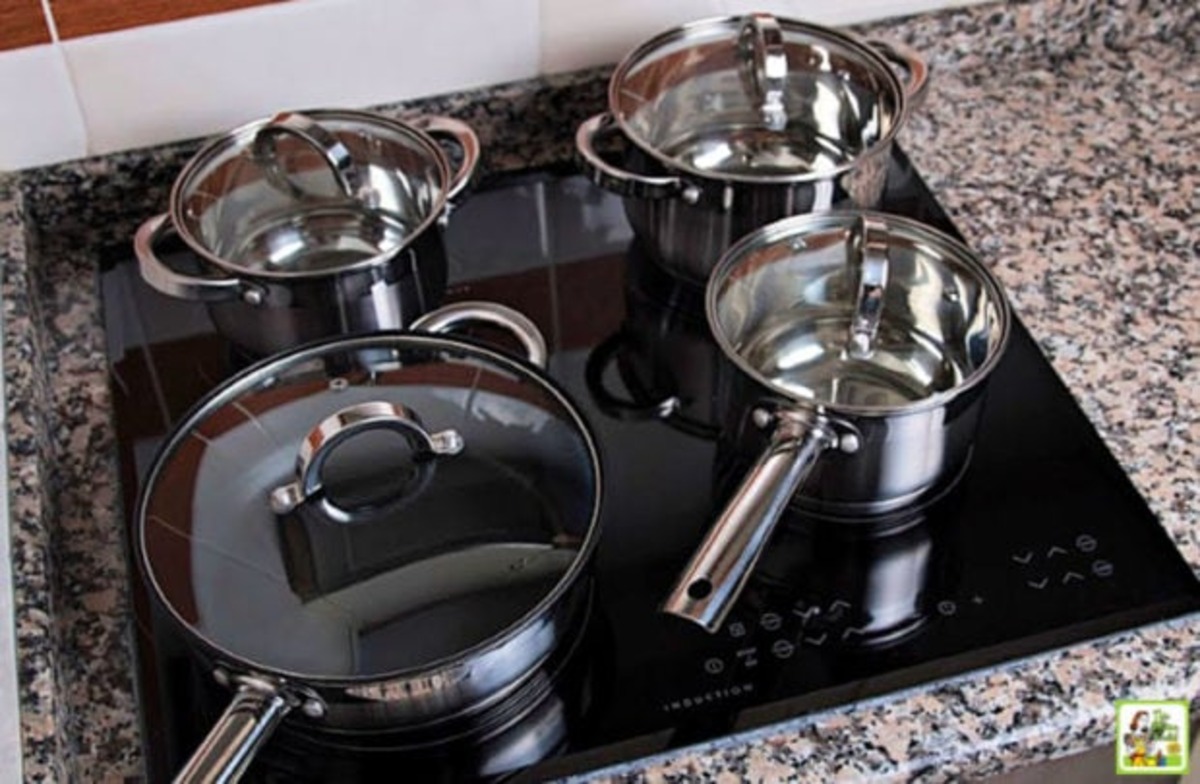
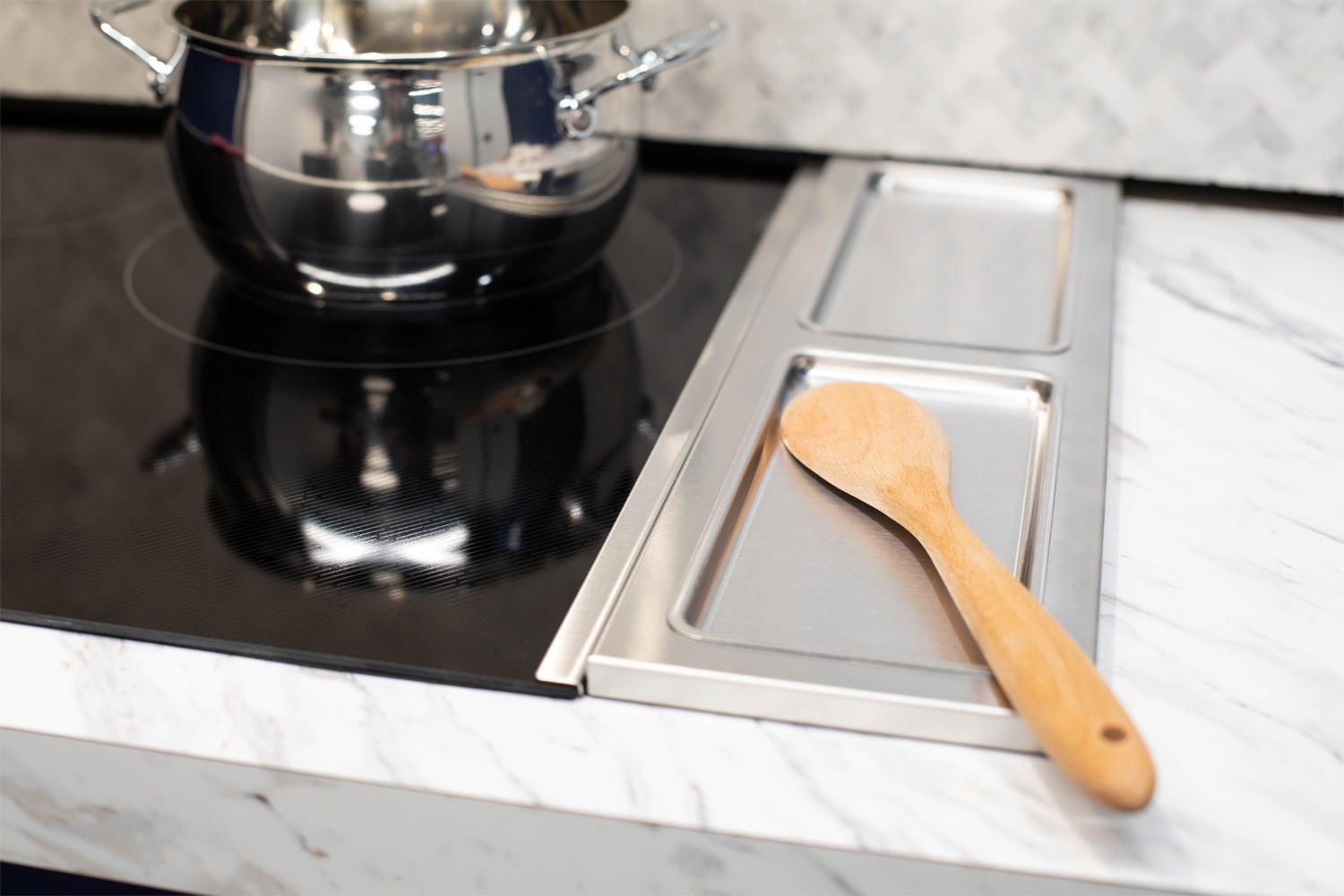
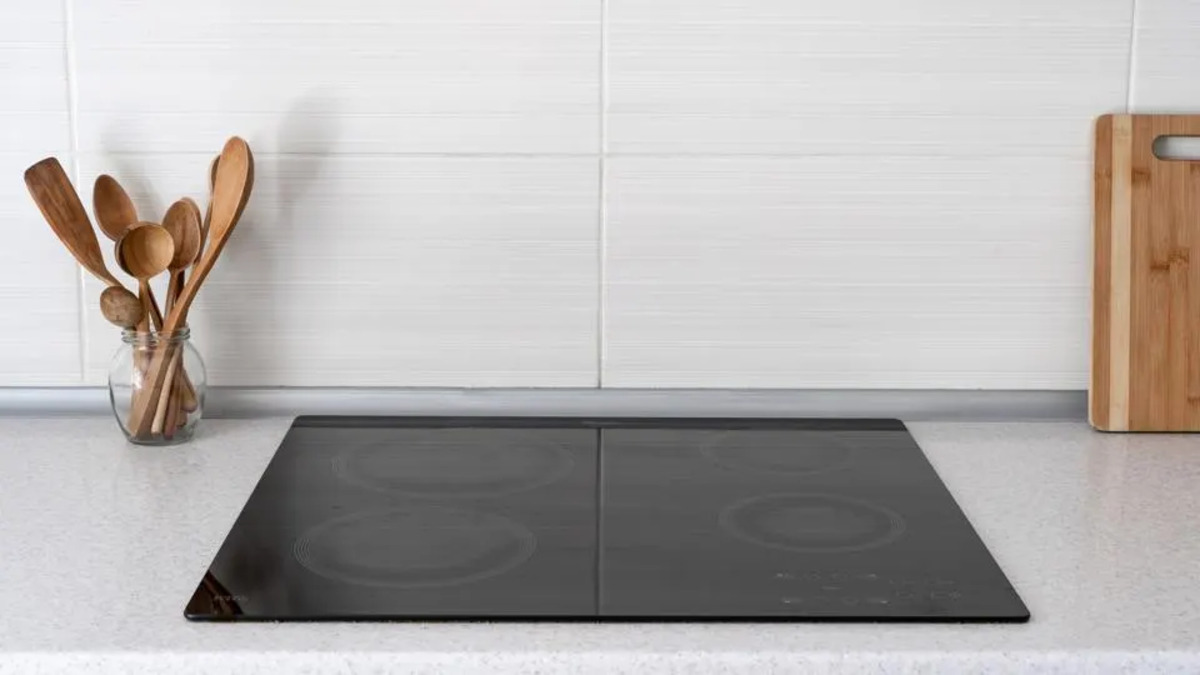
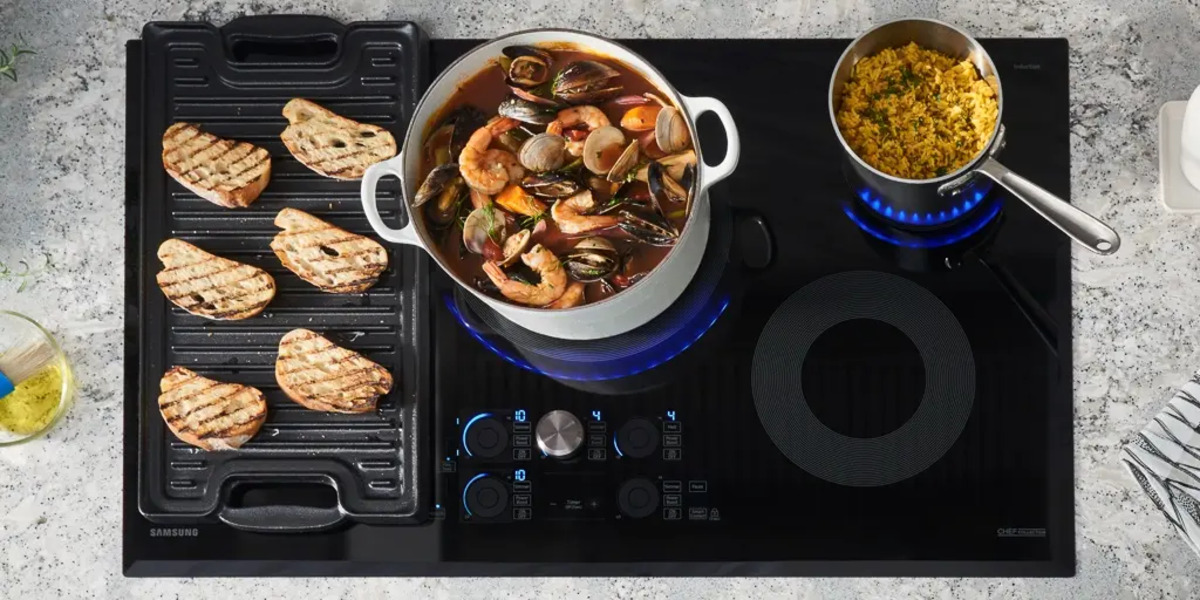
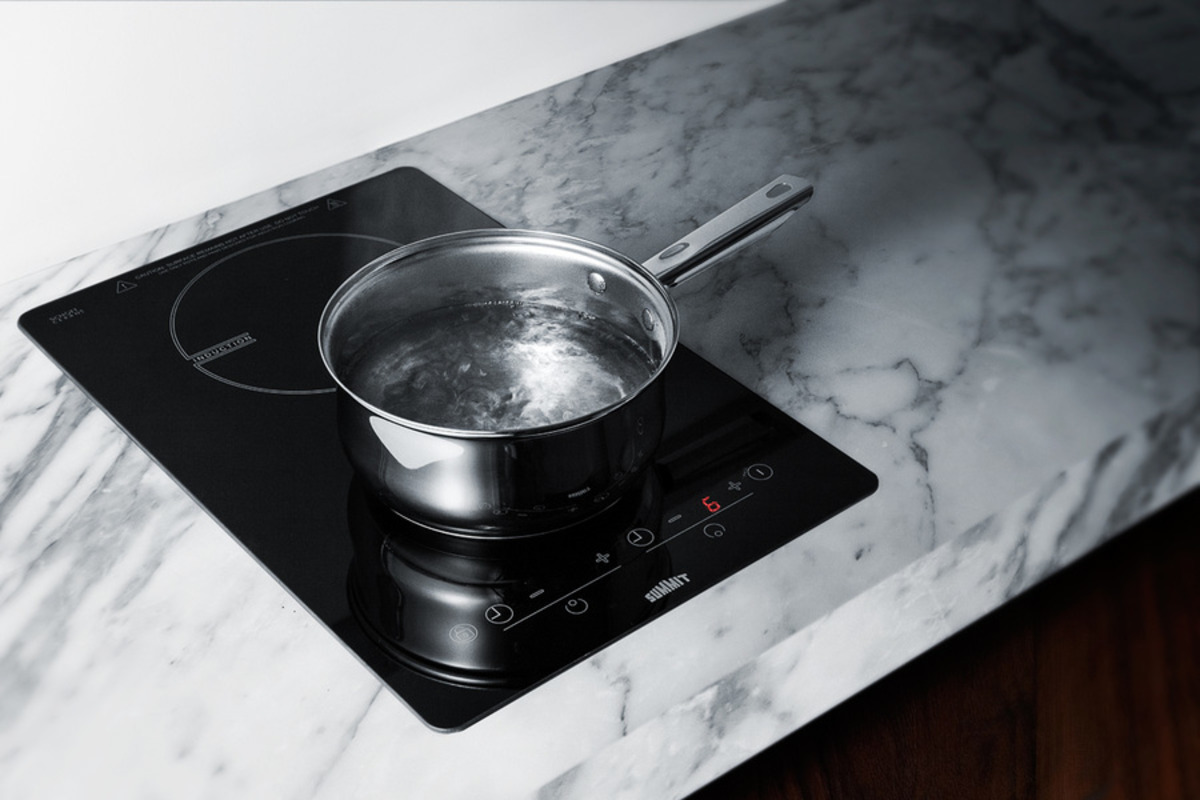
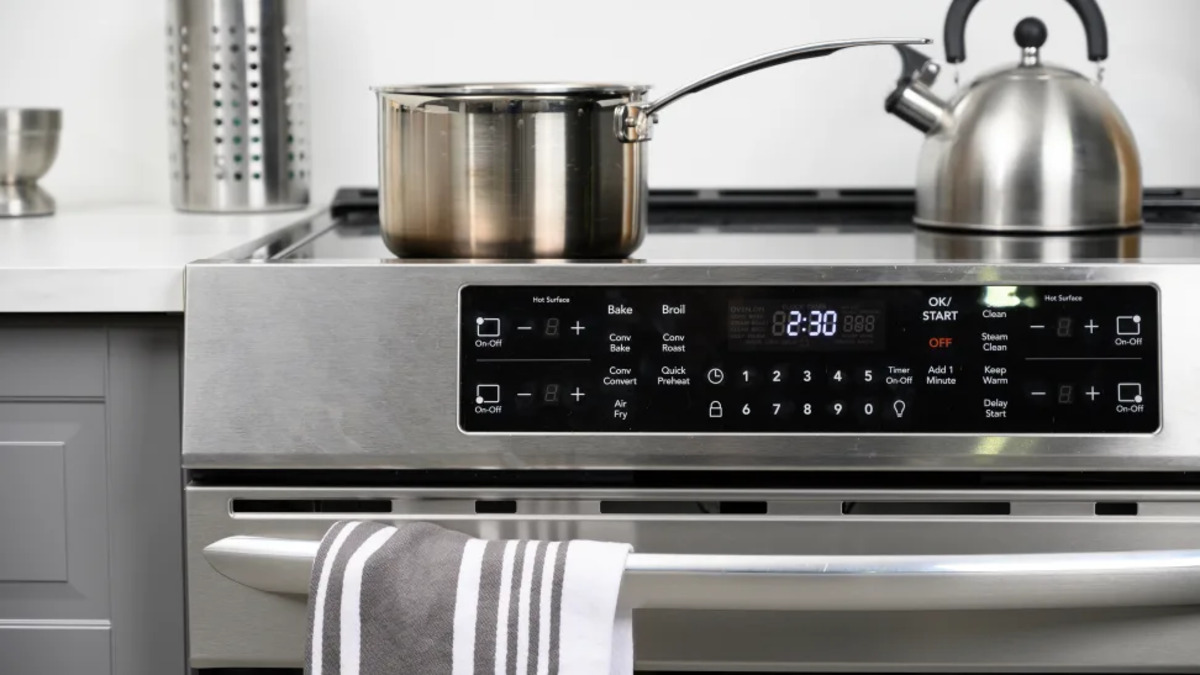
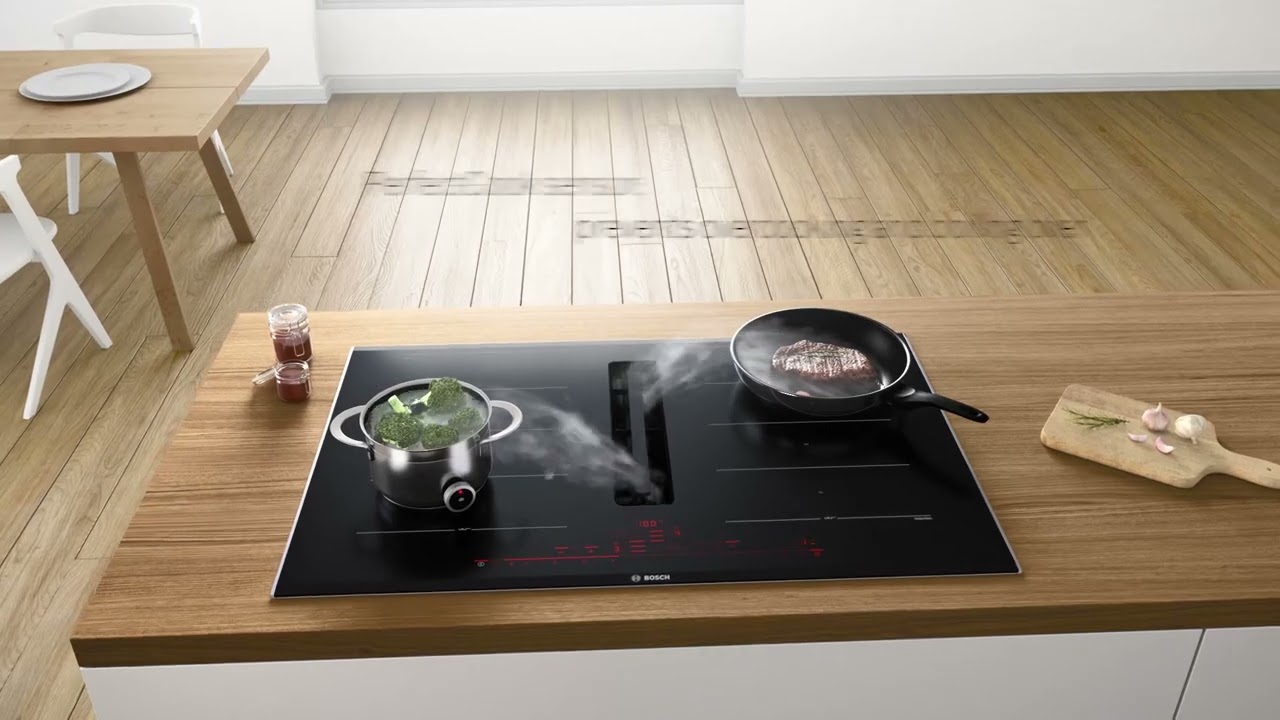

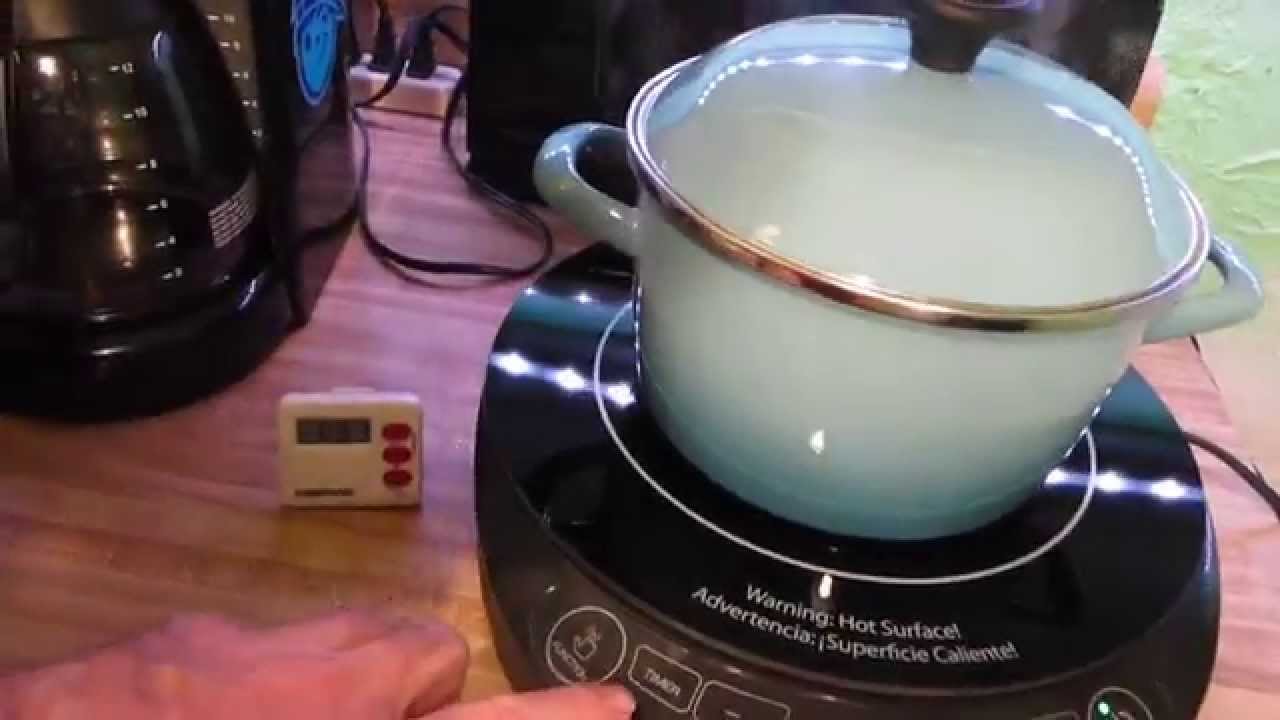
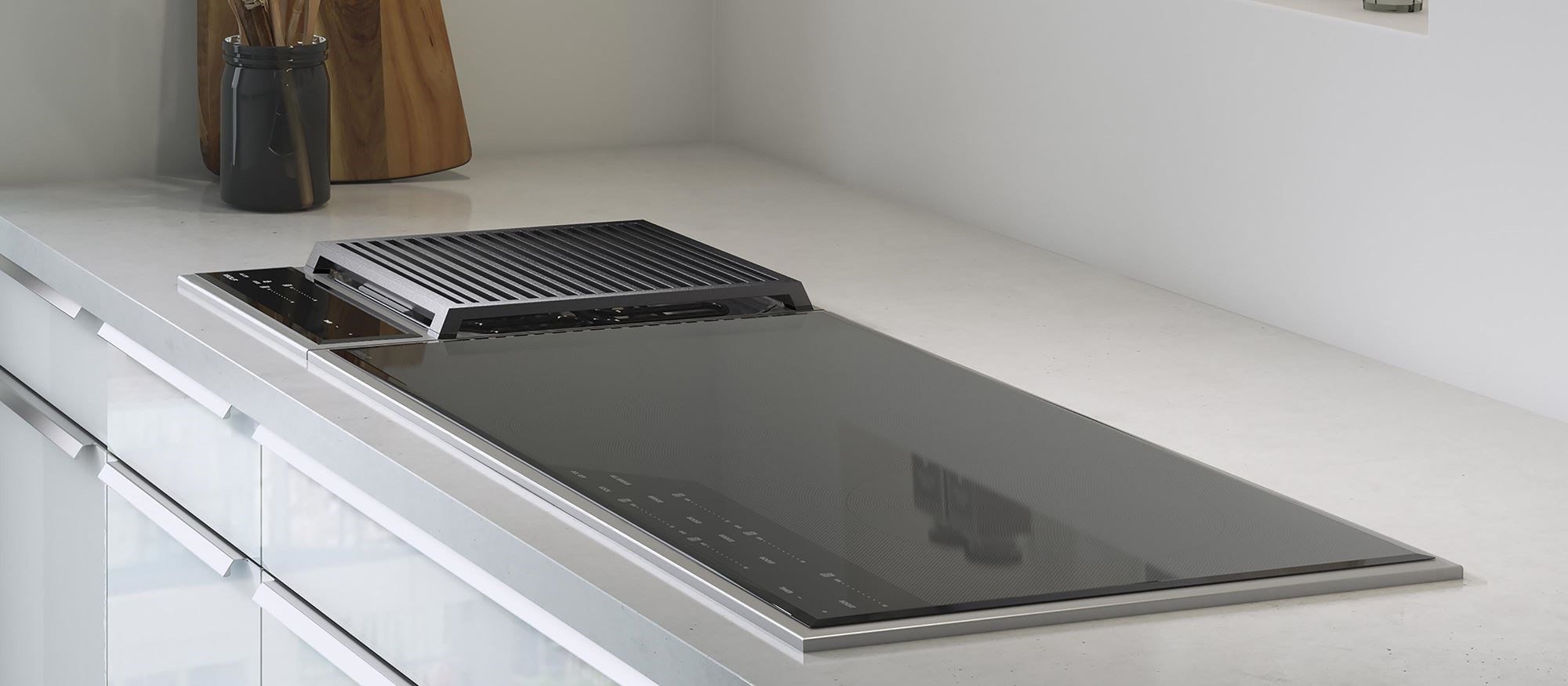
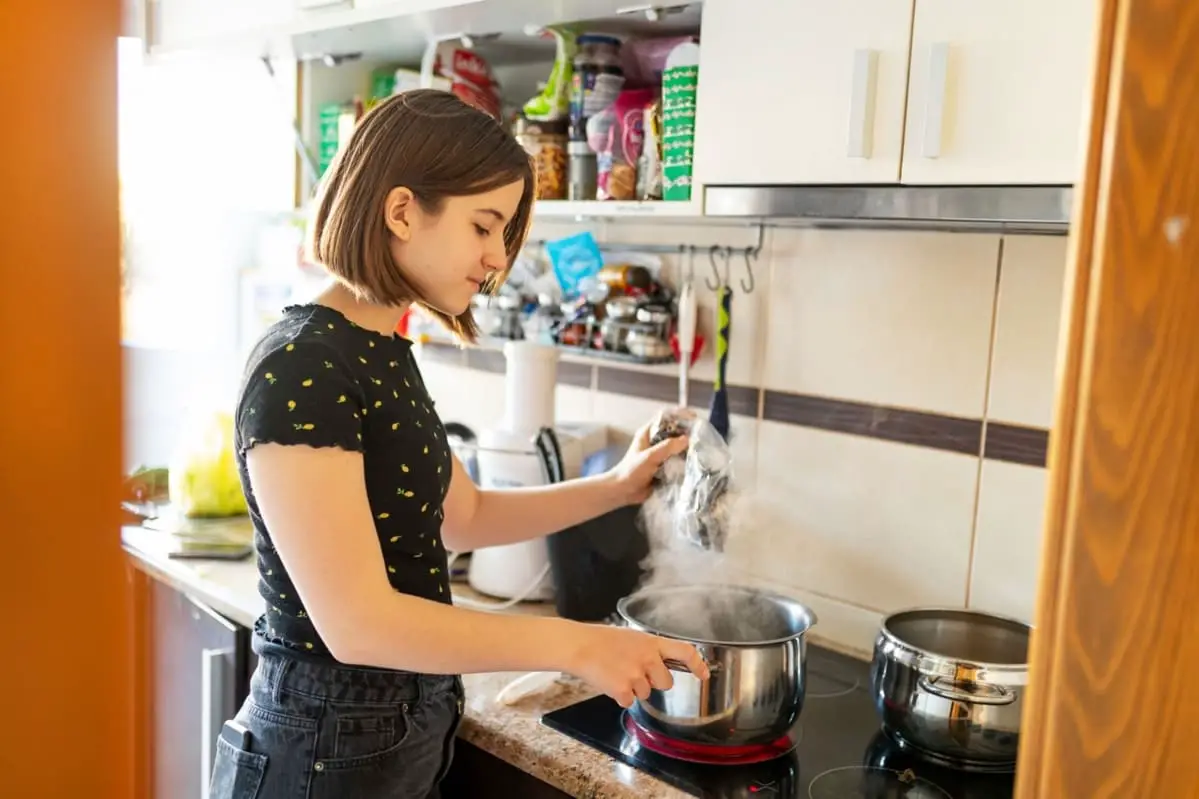
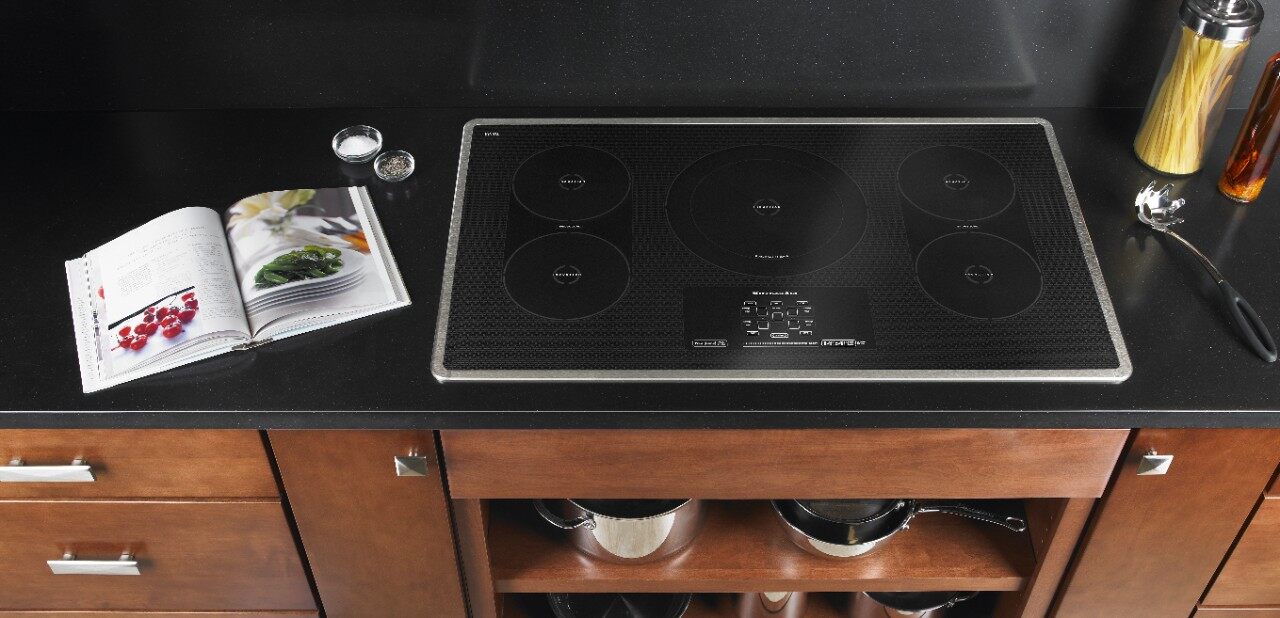
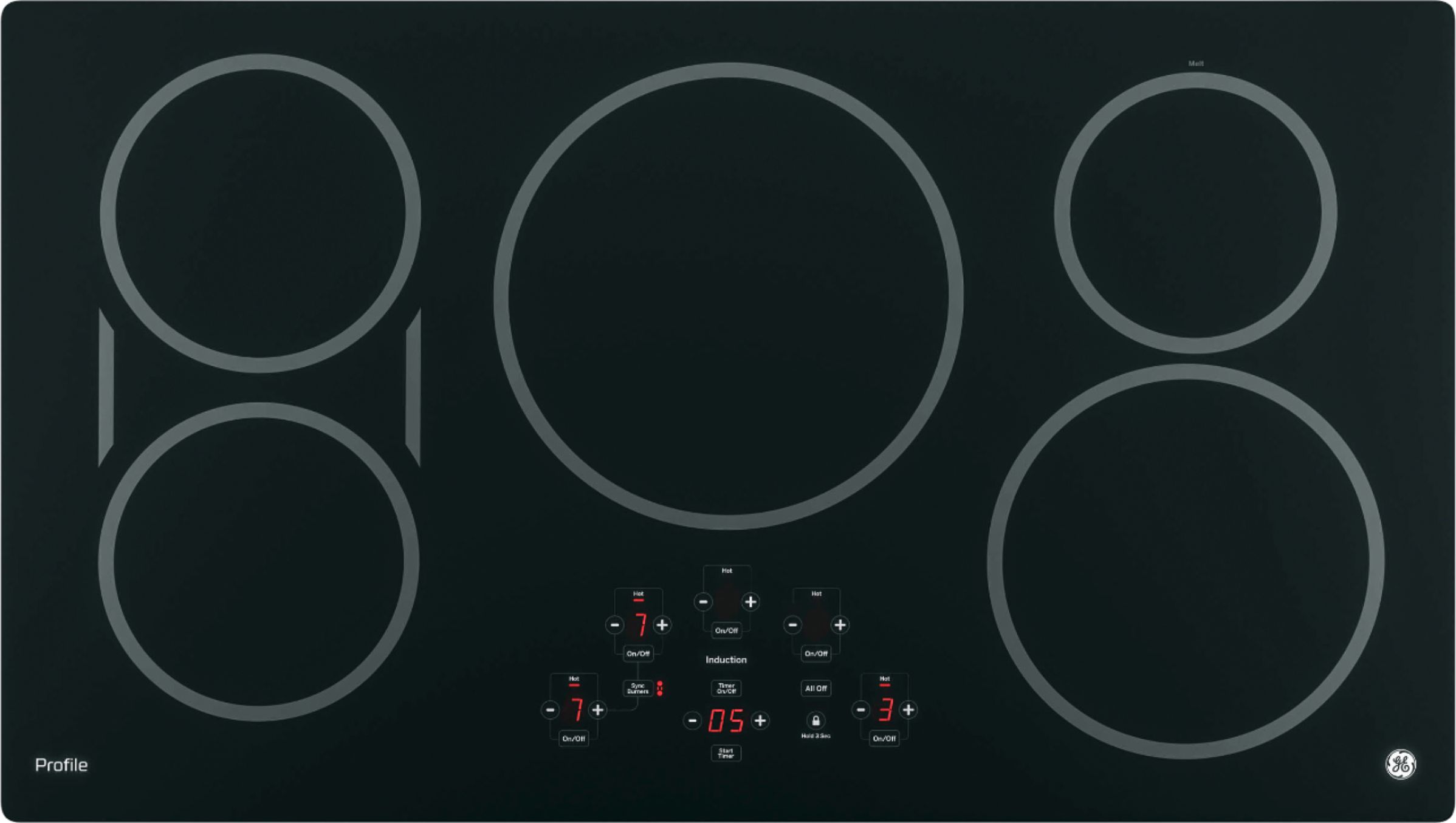

0 thoughts on “What To Look For In Induction Cooktop”